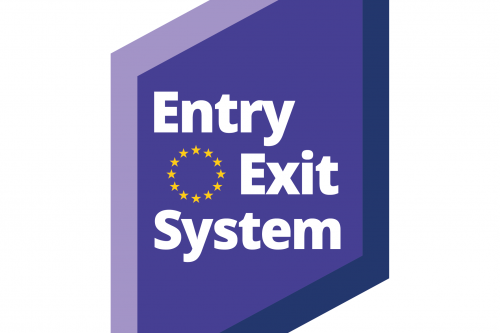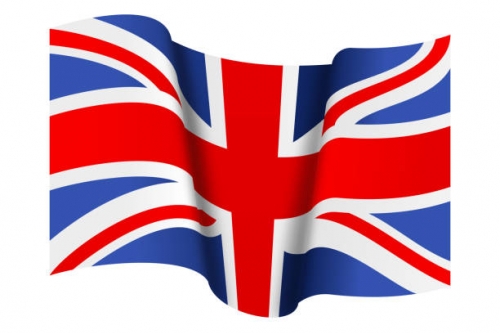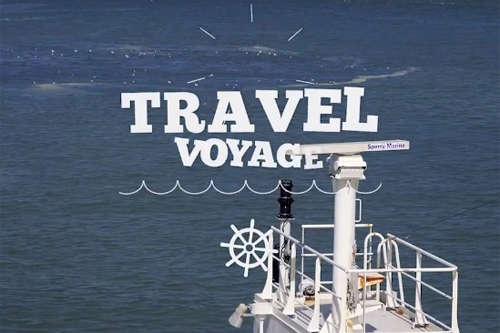Ferry Terminal
Terminal welcoming accompanied and unaccompanied traffic transshipped onto double-deck ferries.
The port of Calais now has a new terminal (Calais 2) since October 2021 while continuing its activity on its historic cross-Channel platform (Calais 1). The terminal is operated by ships from the shipping companies P&O Ferries, DFDS and Irish Ferries. Nine ships operate the Calais-Dover route with up to 50 crossings in each direction 24/7.
.
The ferry terminal of the port of Calais has 8 berths equipped with double-deck gangways allowing the loading/unloading of 2 ship’s decks simultaneously. These gangways can accommodate ships up to 240m on the 3 gangways in the new port (Calais 2) and 213m on the 5 gangways in the historic port (Calais 1).
The operational capacity of double-deck ferry vessels guarantees 5 rotations per vessel on the Calais-Dover route and offers unparalleled daily transport capacity to the UK.
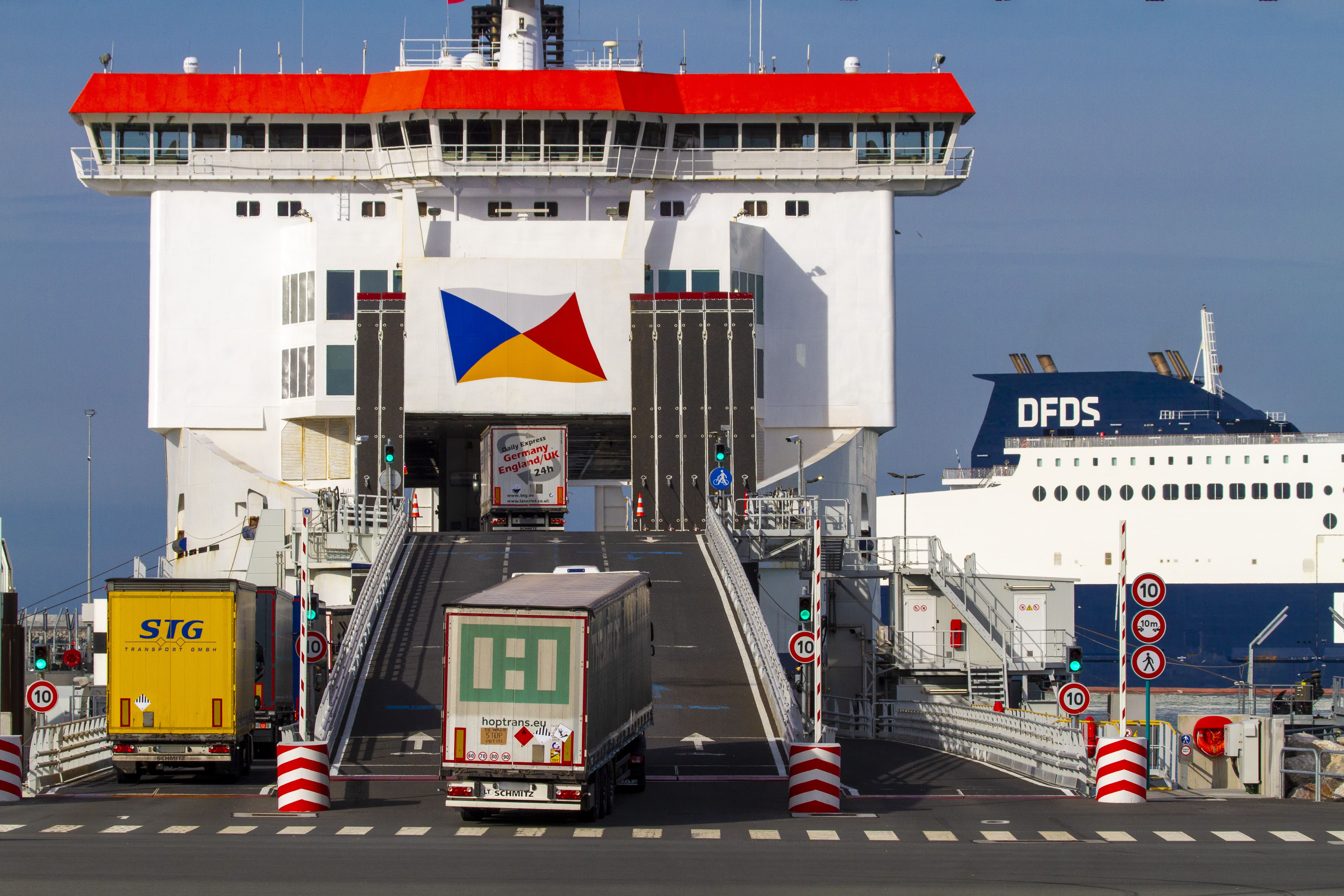
The Boulogne-sur-Mer facility has a translatable two-lane double-deck Ro-Ro linkspan which enables it to receive all types of car ferries and ferry-boats of maximum length 210 metres. This ferry terminal is not operated at present.
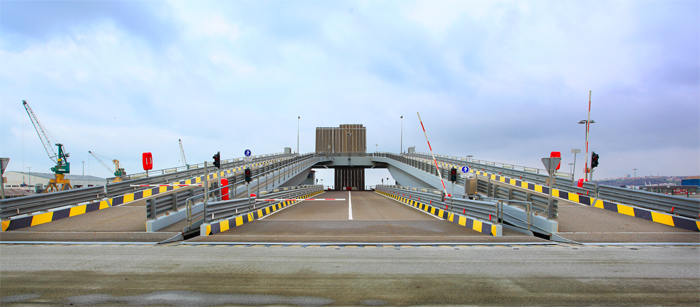
Ship mooring is performed by Boulogne Calais Port.
The ferry terminal is accessible directly from the A16 and A26 motorways as well as via the municipal road system (port ring road).
Onshore equipment and organisation of traffic in the port
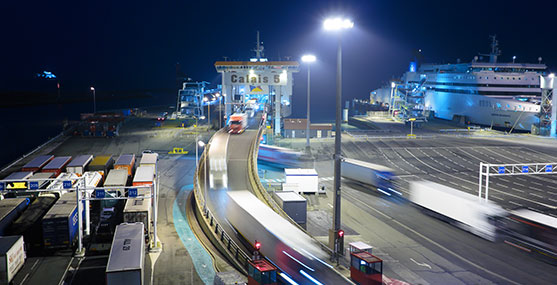 The ferry terminal sees several thousand vehicle combinations transshipped each day. Boulogne Calais Port has installed major facilities to ensure the safe passage of passengers, drivers and freight.
The ferry terminal sees several thousand vehicle combinations transshipped each day. Boulogne Calais Port has installed major facilities to ensure the safe passage of passengers, drivers and freight.
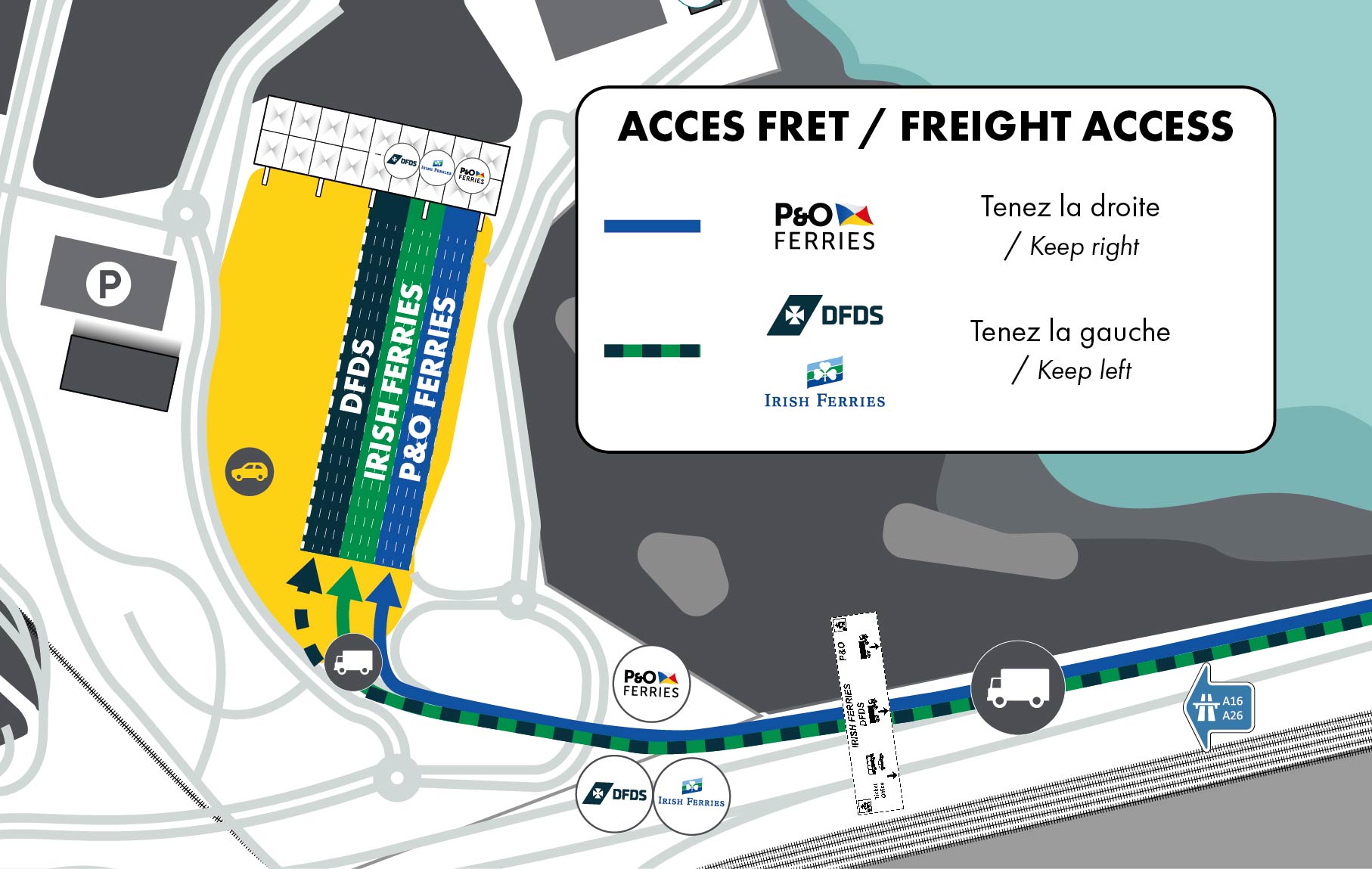
The heavy goods vehicles are directed to the security and commercial checking area. Document checks and inspections of vehicles are carried out there by the appointed authorities. Customers are registered there on the shipping company of their choice.
- Checking and inspection of individuals and their vehicles
The authorities check drivers, as passengers subject to identity checks on leaving the Schengen Area and entering British territory. They may undergo a customs check. Presentation to the inspection authorities of their personal travel documents (identity papers, passports) is systematic and compulsory (Police Aux Frontières, United Kingdom Border Force, French customs authorities).
Passengers' identities are collected by the shipping companies. This collection allows individuals to become passengers having a travel pass (ticket). The collection also makes it possible to establish the onboard manifest. This data collection takes place in the registration stalls. The Boulogne Calais Port personnel and the state's civil servants may, depending on their competencies and jurisdictions, check and inspect vehicles for security purposes (ISPS code) or as part of the combat against illegal immigration between France and the United Kingdom.
- Checking and inspection of cargo
Cargo is subject to checks for maritime security and as part of customs checks for duties and taxes.
The shipping companies ask to check cargo documents (CMR) in order to ensure compliance with the IMDG code and maritime security. The shipping companies are responsible for interfacing with the harbour master's office in charge of application of the code in the port. The shipping companies' employees are trained in translating the ADR regulations into IMDG. These documents are checked in the registration stall. In the event of missing documents or for the collection of additional information, an investigation will be made in the shipping company's freight office.
Live animals are covered by a special procedure with a view to their acceptance in the United Kingdom. Passengers are asked to contact their shipping company for more details on the procedure.
Since 1 January 2021 and the United Kingdom's exit from the European customs union, French and British customs have introduced controls and inspections of goods between the continent and the British Isles (refer to the BREXIT section).
The customs authorities are required to check cargo documents as part of the combat against illegal trafficking. The document checks may lead to an inspection of the vehicle, with the sequels and consequences provided for by the Customs Code.
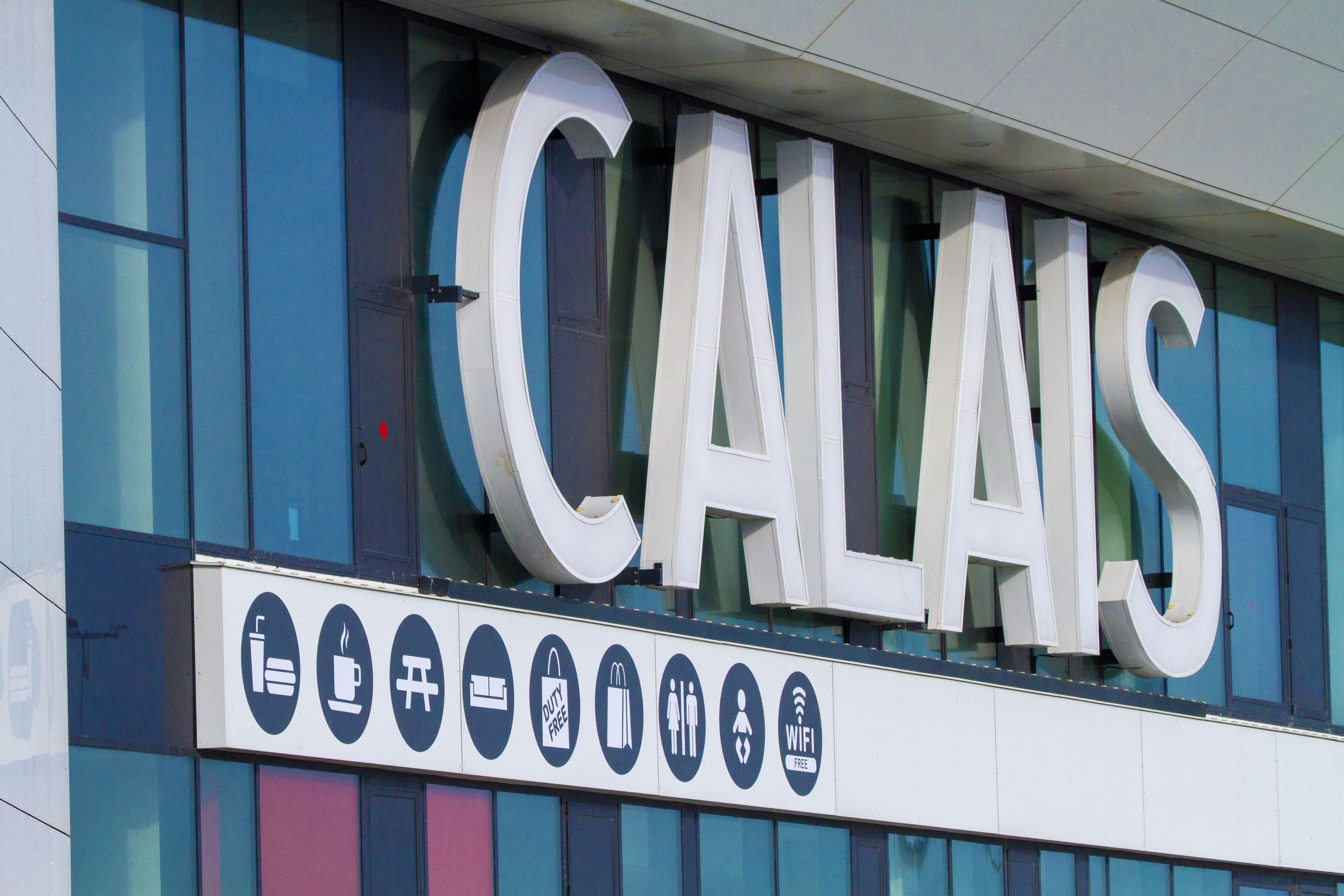 When parked in the boarding lines and while waiting for loading on board a ferry, carriers have catering points and sanitary facilities, as well as the "Le Calais" building in the new port, where they will find various services and a duty-free sales area.
When parked in the boarding lines and while waiting for loading on board a ferry, carriers have catering points and sanitary facilities, as well as the "Le Calais" building in the new port, where they will find various services and a duty-free sales area.
Passengers are advised to use pedestrian traffic routes to move about safely.
Find more about ferry Terminal- Freight


